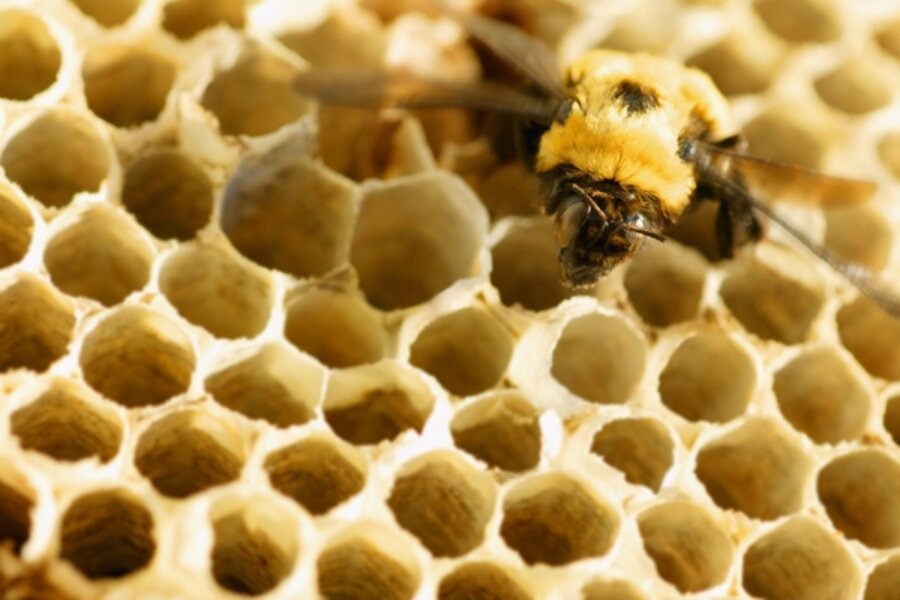Saving the honeybees
Loading...
If you're a gardener, you've heard about colony collapse disorder (CCD), which has mysteriously killed millions of honeybees in the US (and, to a somewhat lesser extent, around the world). But too much of what has ended up online about CCD is speculation (cellphones are killing the bees!!) , not based on science.
So I was particularly interested to see this article in Scientific American magazine, Solving the Mystery of the Vanishing Bees. At first, it reported, research pointed to a bee virus (IAVP), but it became obvious that wasn't the sole cause.
Instead, the article says, "the growing consensus among researchers is that multiple factors such as poor nutrition and exposure to pesticides can interact to weaken colonies and make them susceptible to a virus-mediated collapse.
"In the case of our experiments in greenhouses, the stress of being confined to a relatively small space could have been enough to make colonies succumb to IAPV and die with CCD-like symptoms. More recent results from long-term monitoring have identified other unexpected factors for increased colony loss, including the fungicide chlorothalonil. Research is now focused on understanding how these factors relate to colony collapse."
Their recommendations for how to cope with CCD at this point are simple: "Research has shown that sterilizing old beehive frames with gamma rays before reusing them cuts down the risk of colony collapse. And simple changes in agricultural practices such as breaking up monocultures with hedgerows could help restore balance in honeybees' diets, while providing nourishment to wild pollinators as well."
This is a subject of interest not only to gardeners but to anyone who cares about how the fruits, vegetables, and nuts he or she eats get pollinated. What's going on in your part of the world with bees?
Note: We invite you to click here to visit the Monitor's gardening site, which offers articles, essays, and blog posts on a variety of gardening topics.





